Are you an outdoor enthusiast who enjoys sleeping on the ground? If so, you’re probably aware that snakes can be a potential danger when camping or sleeping outdoors. But don’t let that keep you from enjoying the great outdoors! With a few simple steps, you can learn how to keep snakes away when sleeping on the ground. Read on to find out how to keep yourself safe and sound while camping.
Types of Snakes
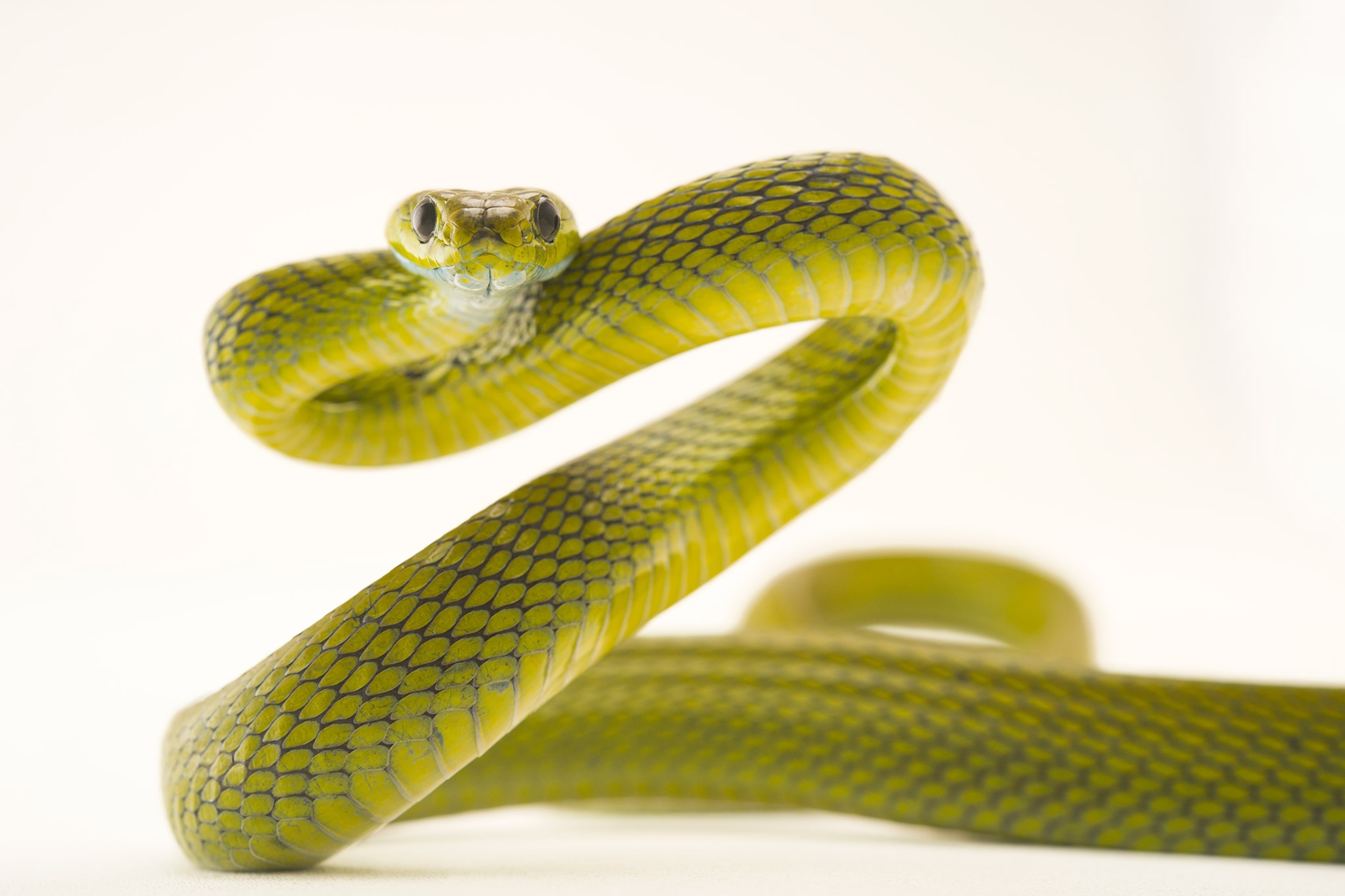
| Name | Region | Length |
|---|---|---|
| Rattlesnake | North America | 2-6 ft |
| Cobra | Asia, Africa | 3-13 ft |
| Mamba | Africa | 5-8 ft |
| Anaconda | South America | 9-18 ft |
| Garter Snake | North America | 1-3 ft |
| Pythons | Asia, Africa | 6-20 ft |
Snakes are found worldwide in a variety of habitats. There are over 3,000 species of snakes, some of the most common being rattlesnakes, cobras, mambas, anacondas, garter snakes, and pythons. Rattlesnakes are found in North America and can grow to a length of 2-6 feet. Cobras are found in Asia and Africa and grow to 3-13 feet long. Mambas live in Africa and can reach lengths of 5-8 feet. Anacondas are found in South America and are the largest of all snakes, growing up to 18 feet long. Garter snakes are found in North America and typically measure 1-3 feet in length. Pythons are found in Asia and Africa and can reach lengths of 6-20 feet.
Snake Habitats
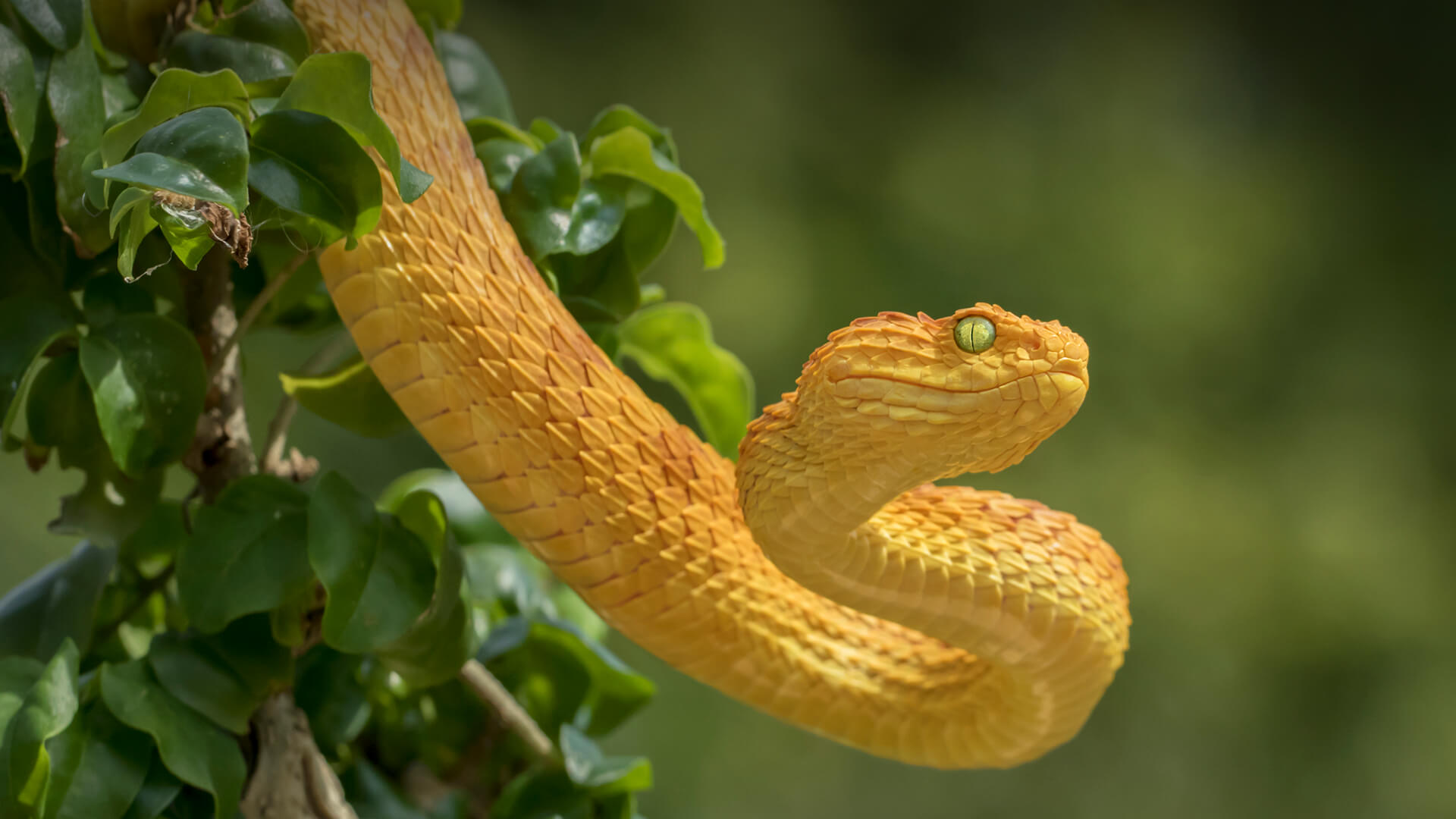
- Snakes are found in a wide variety of habitats, including deserts, forests, grasslands, wetlands, and other areas with suitable shelter and food.
- Most snakes are terrestrial, meaning they are ground-dwellers, but some species can be found in trees, shrubs, and other vegetation.
- Snakes prefer to live in areas that provide cover from predators and that are not too dry or too wet.
- Snakes also prefer to stay close to a food source, such as mice, birds, lizards, and other small animals.
- Snakes can also be found in areas where people live, such as attics, basements, and other areas of human dwellings.
Signs of Snakes
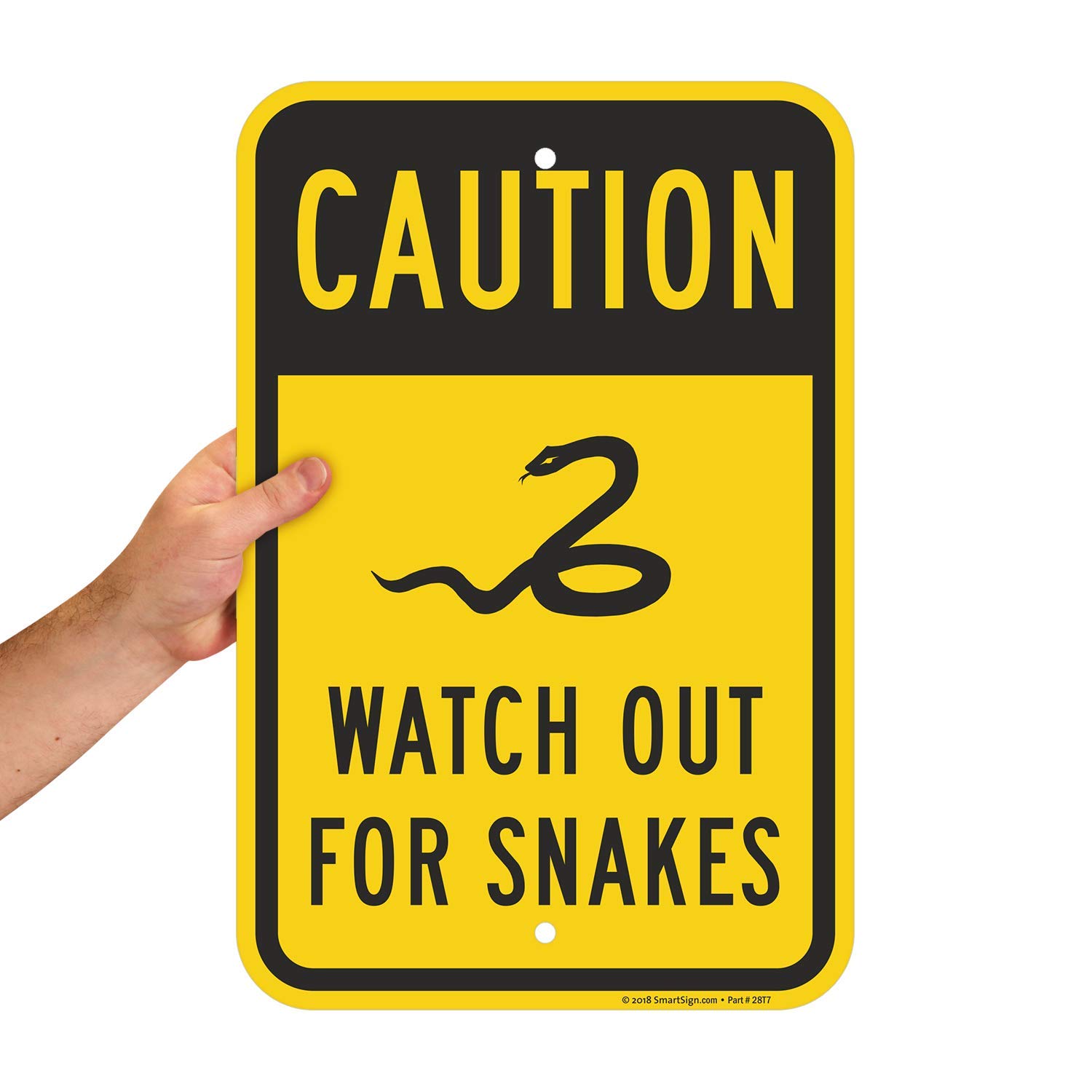
Before sleeping on the ground, it is important to look out for signs of snakes. Some telltale signs include slithering movement, a distinctive shape, and the color and pattern of their skin. Snakes may also leave tracks or skin sheds near their den. Additionally, snakes are often attracted to odors such as food or rotting vegetation. If you smell a strong odor, it could be a sign of a nearby snake. Lastly, it is important to be aware of any strange noises that could indicate the presence of a snake.
Eliminate Attractants
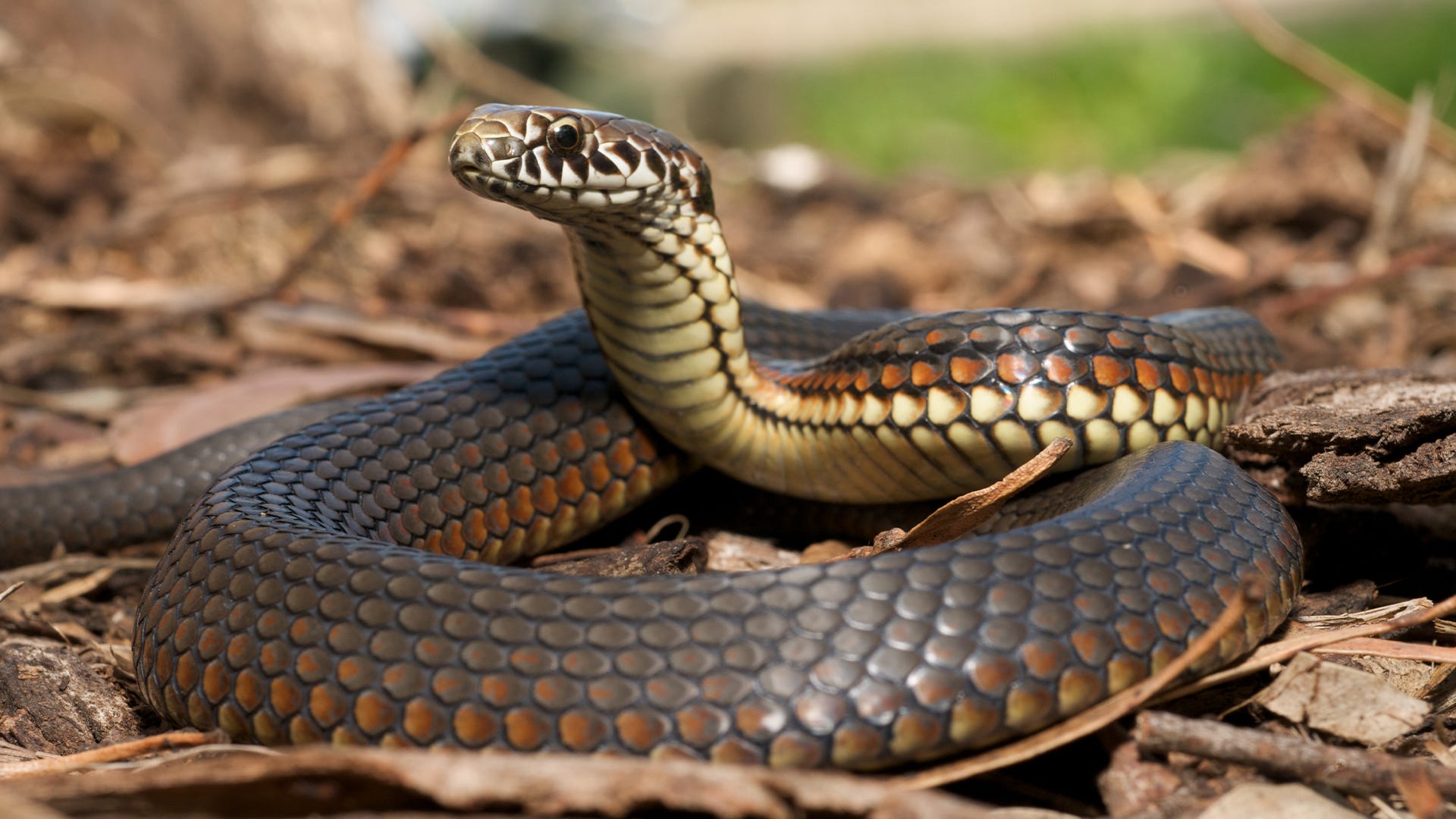
Remove any food sources that may attract snakes. This includes pet food, bird seed, and other sources of food, as well as any standing water. Additionally, clear away any thick brush or other debris that can provide shelter for snakes.
Create a Barrier
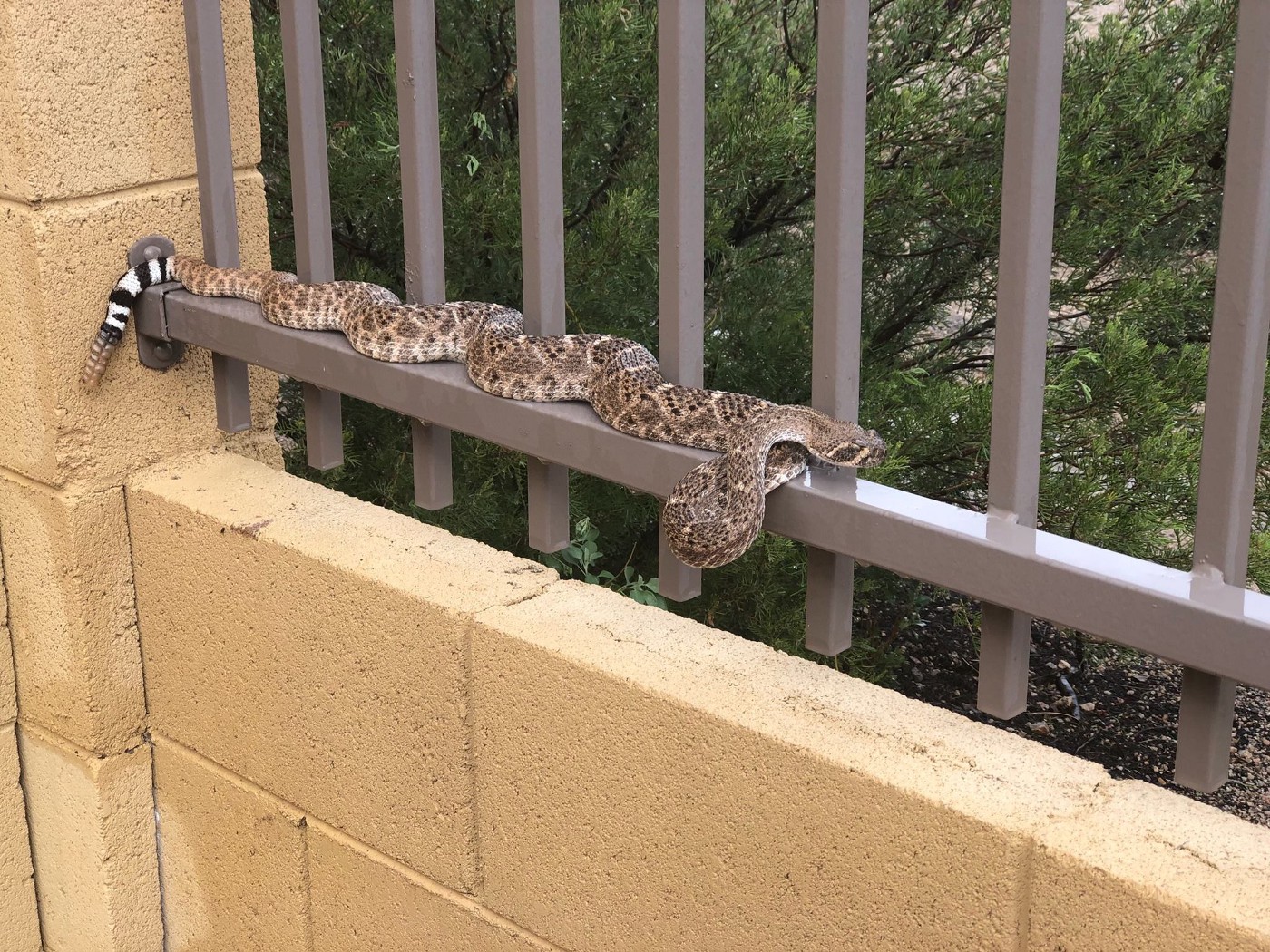
Place a physical barrier between yourself and any potential snakes. This can include a tent, for example, or a blanket or tarp. Additionally, you can use a sleeping bag or other sleeping gear to create a barrier.
Use Natural Repellents
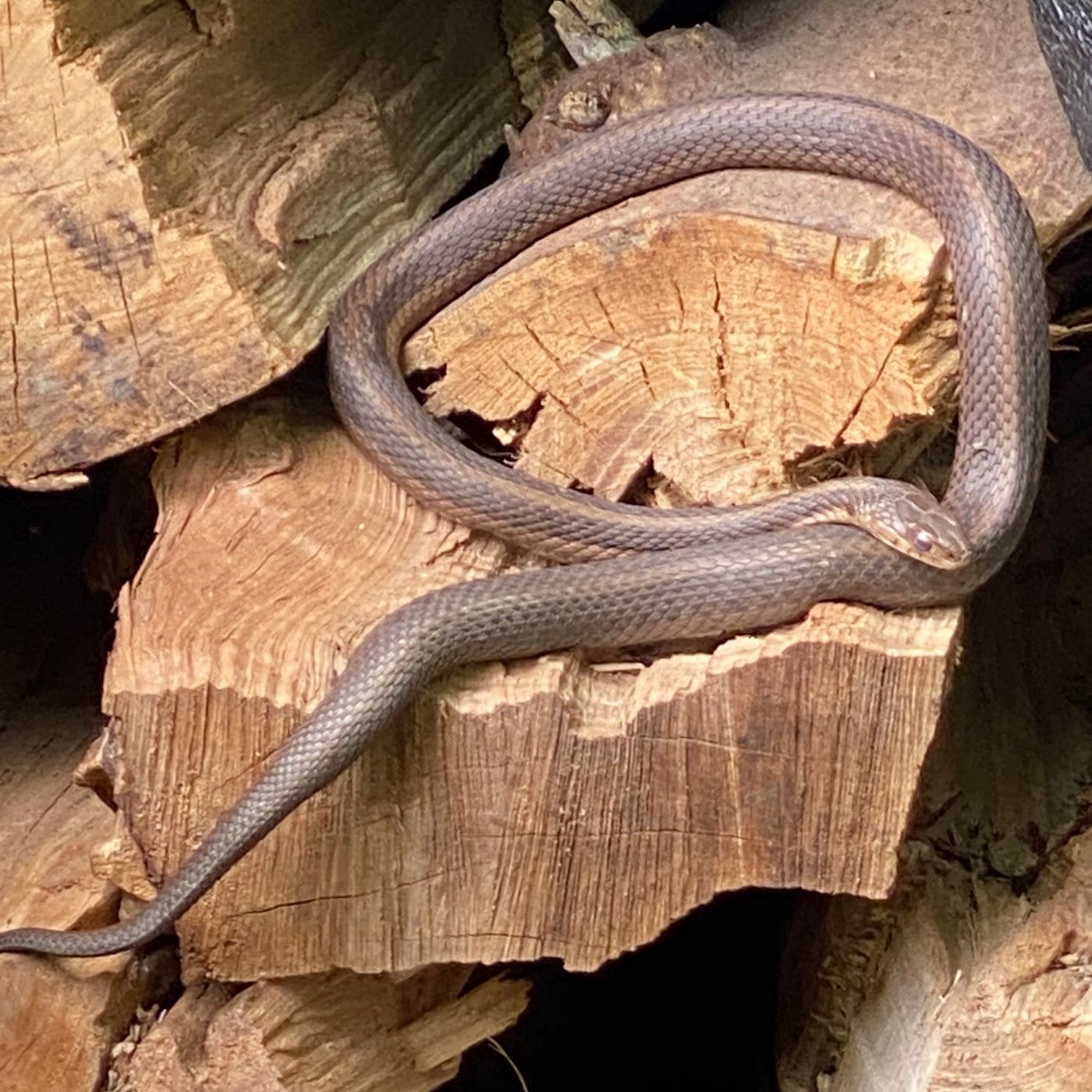
There are several natural snake repellents available, such as sulfur, cayenne pepper, and garlic. These can be used in the area around where you are sleeping to help keep snakes away.
Avoid Areas with Snakes
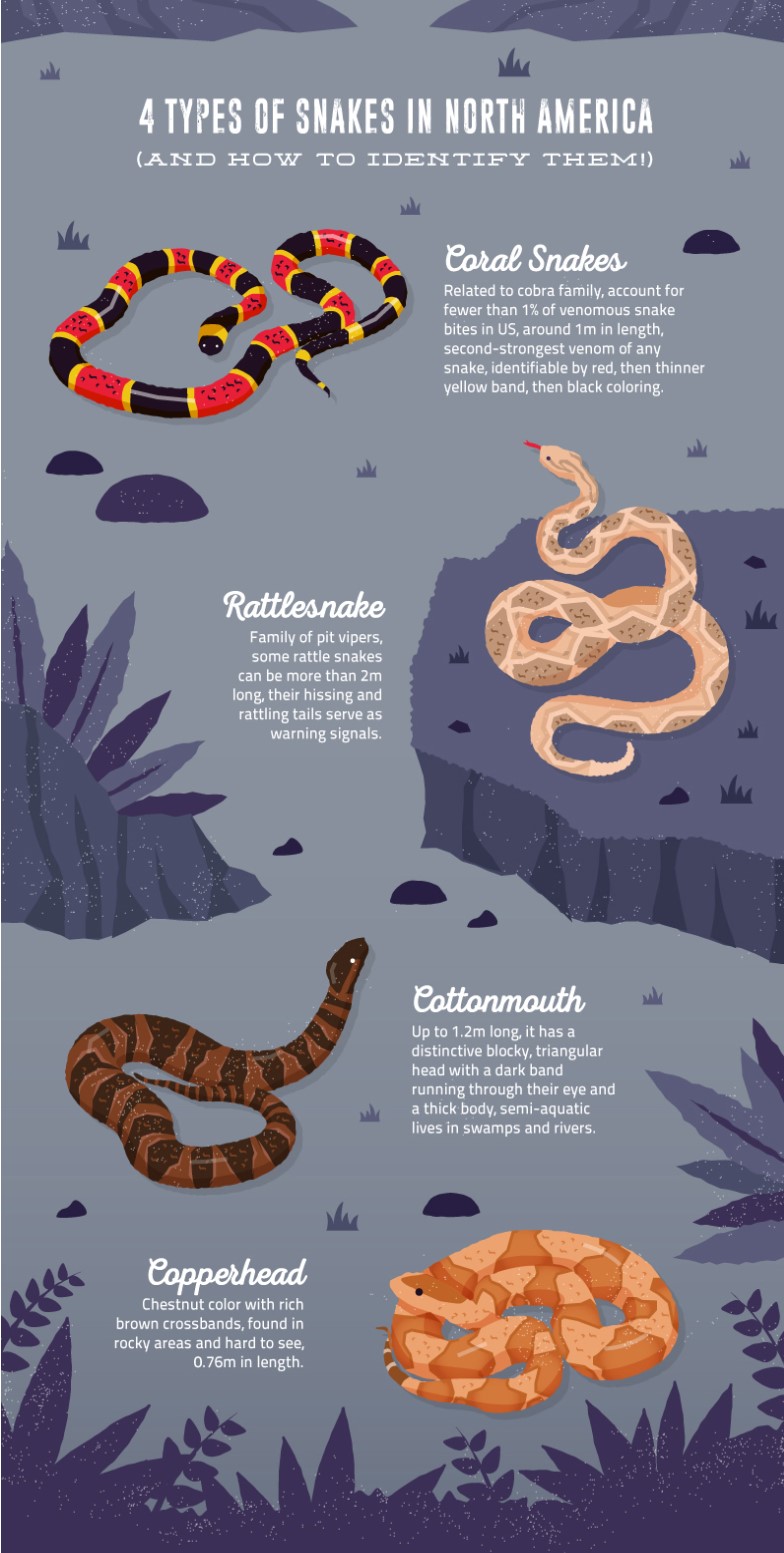
If possible, avoid areas known to have a high concentration of snakes. Stick to areas that have been cleared of brush and other debris, and try to stay away from areas with standing water. Additionally, avoid sleeping on the ground whenever possible.
What to Do if You See a Snake
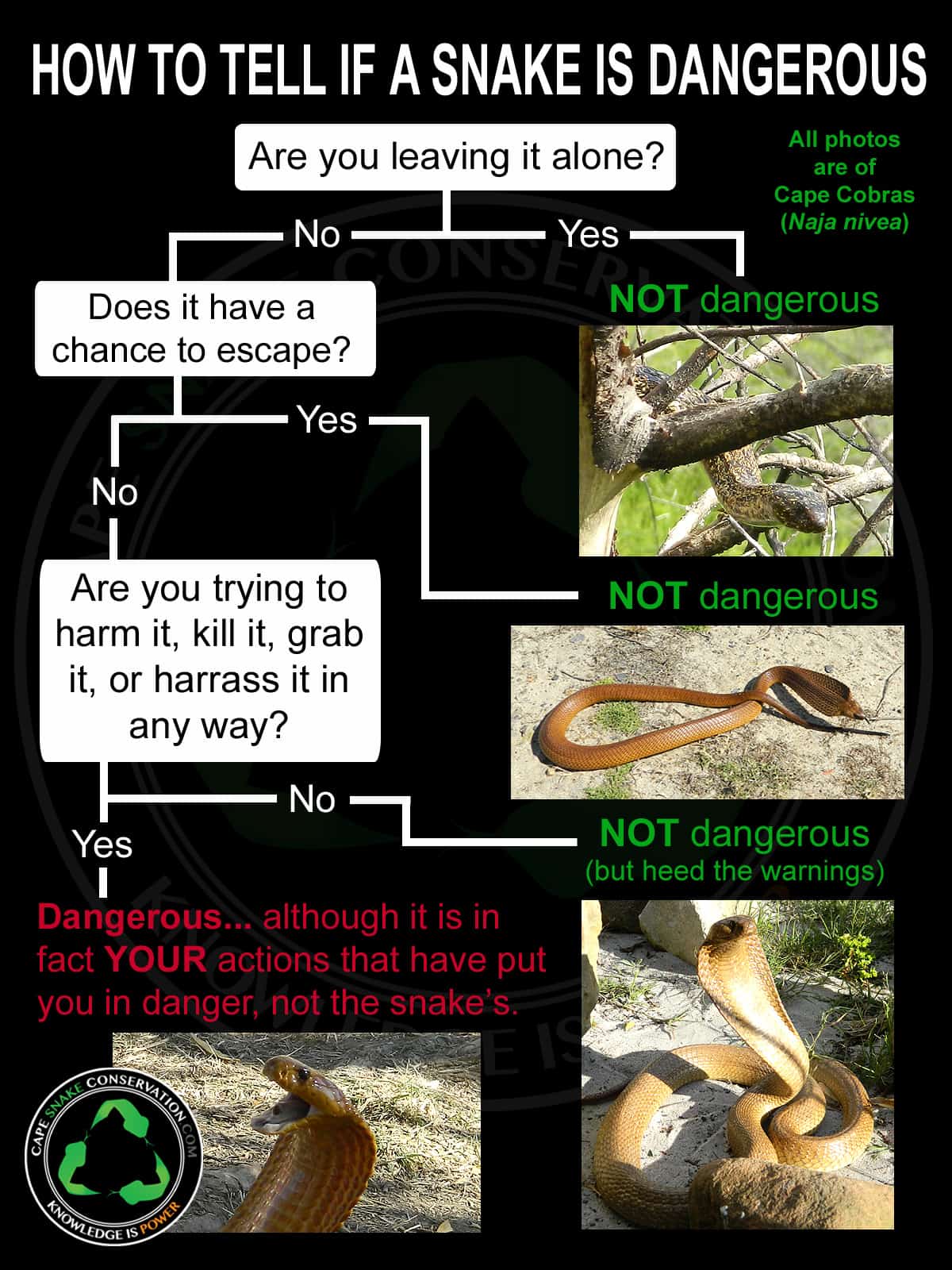
Remain calm. If the snake is not actively threatening you, carefully move away from it. Do not make sudden movements or try to kill or capture the snake. If the snake is in your direct path, slowly move around it. If the snake is in a shelter, such as a log or hole, leave the area and find a different path. If the snake is a venomous species, make sure to note its characteristics, such as color and pattern, so you can tell a medical professional if you need to. Seek medical attention immediately if you are bitten.
Safety Tips
- Check the ground for snakes before sleeping.
- Wear protective clothing such as thick shoes, long pants, and long-sleeved shirts.
- Avoid sleeping on the ground during the snake’s active season.
- Keep a flashlight handy in case of snake sightings.
- Use a sleeping pad or air mattress to provide a barrier between you and the ground.
- Keep campsites and camping areas clean to reduce the number of snakes attracted to the area.
- Be aware of the types of snakes that inhabit the area you are camping in and take necessary precautions to avoid them.
- Be mindful of your surroundings and avoid stepping on any logs, rocks, or other debris that could be hiding a snake.
- If a snake is encountered, move away slowly and calmly.
How to Treat Snake Bites
Snake bites can be very dangerous if not treated immediately. If you suspect you have been bitten by a snake, seek medical help immediately. If you are unable to get to a hospital or doctor, there are some steps you can take to treat a snake bite.
First, try to identify the snake if possible. This will help medical personnel determine the best course of treatment. Avoid touching the snake directly, as it may still be dangerous even after biting you.
Next, wash the area of the bite with warm, soapy water. Do not use any type of antiseptic or other chemical. Keep the affected area below the heart to help slow the spread of venom.
If possible, apply a pressure bandage and immobilize the affected limb. This will help slow the spread of venom. Do not apply ice or a tourniquet, as these can cause further harm.
If medical help is unavailable, some people may recommend alternative treatments such as sucking out the venom, but this is not recommended as it can cause further infection.
Finally, it is important to stay calm and remain still. Try to avoid any strenuous activity, as this can cause the venom to spread faster.
If bitten by a snake, seek medical help as soon as possible. Taking the steps above can help to minimize the damage done by the bite.
Frequently Asked Questions
How can I make sure a snake won’t cross a rope?
To ensure snakes won’t cross a rope, make sure it is at least two feet in height and securely fastened to the ground. Use a heavy-duty rope, preferably in a bright color, and lay it in a continuous loop around the perimeter of your camping area. Secure the rope firmly to the ground with tent stakes, making sure there are no gaps for snakes to cross. Additionally, set up a line of natural snake repellents, such as sulfur and cedar chips, along the inside of the rope. These repellents should be changed regularly to ensure effectiveness.
What can I do to keep snakes away when sleeping on the ground?
To keep snakes away when sleeping on the ground, it is important to make sure that the area is clear of any potential hiding spots for snakes. This includes clearing away rocks, logs, wood piles, and other debris. Additionally, it is important to create a physical barrier between you and the ground. This can be done by setting up a tent, hammock, or bedroll, and then surrounding it with a snake-proof barrier such as a tarp or sheet of plastic. Additionally, it is important to avoid sleeping near any water sources, as they attract snakes. Finally, it is important to carry a good light source, such as a flashlight or headlamp, to help detect the presence of snakes.
What are some effective ways to keep snakes away from a campsite?
Set up a perimeter of gravel, sand, or mulch around the campsite to deter snakes from slithering in. Place repellents such as sulfur, naphthalene flakes, or cedar oil around the perimeter to further discourage snakes. Place plastic or mesh guards around the campsite to block access to snake entry points. Install artificial snake barriers such as walls, fences, or snake traps. Set up outdoor lighting around the campsite to make it unappealing to snakes.
How can I avoid snakes while camping?
Choose a camping site far away from areas that snakes may inhabit, such as wooded areas, ponds, streams, or tall grass. Check the area before setting up camp and look for signs of snakes, such as tracks or droppings. Wear protective clothing, such as boots and long pants, while walking in areas where snakes may be present. Install a barrier, such as a tent fly, between yourself and the ground, and keep your sleeping bag off the ground. Hang food in sealed containers away from the tent to avoid attracting snakes. If you do spot a snake, do not approach it, back away slowly and leave the area.
Is there an easy way to deter snakes from camping areas?
Snakes can be deterred from camping areas by removing or reducing their food sources, such as rodents and insects. Keeping the area clean of debris and clutter will help reduce the number of hiding places for snakes. Additionally, campers should stay on trails and avoid areas with tall grass, shrubs, and rocks, as these are common areas for snakes. It is also important to inspect the area before setting up camp, as well as frequently checking the campsite for snakes during the stay.
Conclusion
The best way to protect yourself from coming into contact with snakes when sleeping on the ground is to use a tent, hammock, tarp, or other form of shelter. Keep the shelter clean and free from debris that may attract snakes. Wear long pants and boots to protect yourself from bites and stings. Carry a flashlight to spot snakes at night. Lastly, keeping the area around your shelter clean and free of food sources can help to deter snakes from entering your camping area.






